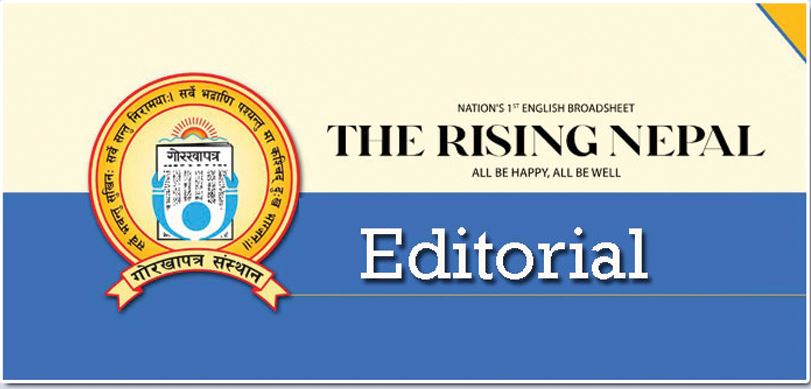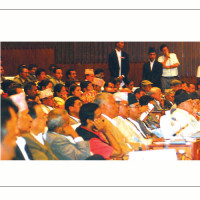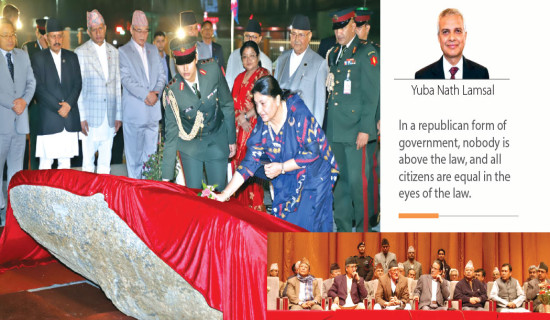- Thursday, 29 May 2025
Provincial Projections
The economic growth rate of all seven provinces of Nepal plays an important role in formulating a national budget. Their economic performance projections have implications for revenue estimates, resource allocation, policy prioritisation and development priorities. They contribute to formulating an equitable national development strategy, thereby ensuring balanced and inclusive economic growth.
Nepal’s economic growth rate is projected at 4.61 per cent but provinces have outperformed the national growth projection. Gandaki Province has projected its growth rate at 5.51 per cent in the current fiscal year, which is the highest among all provinces. It is followed by Bagmati Province (5.18 per cent), Karnali (4.74 per cent) and Lumbini (4.70 per cent). Sudurpaschim Province, on the other hand, is expected to have the lowest economic growth rate of 3.32 per cent. Gandaki Province has done better in sectors like tourism, service and agriculture.
Comparatively successful provincial policies, better infrastructure and post-COVID economic recovery have played a substantial role in GDP growth of the provinces. The contribution of the agriculture, forest and fishery sector to GDP is staggering 27.10 per cent. Likewise, the administration and service sectors are expected to contribute just 0.32 per cent to the GDP which is nominal and it also shows that the economy is heavily reliant on agriculture and has not diversified as it should have been as the contribution of service and industry does not seem to have major contribution in the GDP.
Likewise, Bagmati Province is expected to contribute 36.52 per cent of the total national GDP. Major industries, banks, businesses and national and international organisations are concentrated in Bagmati Province. It stands as the most economically significant region as it contributes to more than a third of the national GDP. The contribution of Koshi Province to the national GDP is 15.90 per cent, while the contribution of Sudurpaschim and Karnali to the national GDP is just 7.03 per cent and 4.19 per cent. Bagmati province’s economic performance is a major driver of national economic trends. Sudurpashchim Province is expected to contribute 34.72 per cent to the National DGP.
At a time when the unemployment rate is high, and the national economy is largely dependent on remittance, and amid a worrisome trend in capital spending, these economic projections can guide the proportional development of the country. These economic indicators should be taken into consideration to address the sectors that are lagging in each province. The sectors having the lowest contribution to GDP in each province should be revamped and it should fall under the radar of the government so that the performance of that particular sector can be able to show desirable improvements.
The effective economic performance of provinces is critical to institutionalise the federal system adopted to ensure judicious allocation of resources and participation of local people in the policy making and development projects in their areas. There is a need for supervision of development works to check fund abuse and anomalies that hinder their construction and undermine their quality. What is more important is the coordination and cooperation among the three tiers of governments to deliver inclusive economic growth and prosperity. Provinces still require institutions and infrastructures that support their bid for good government and efficient service delivery. And the federal government should extend legal and financial assistance to the provinces to this end.
















